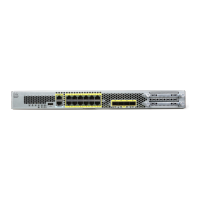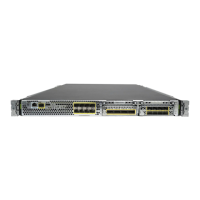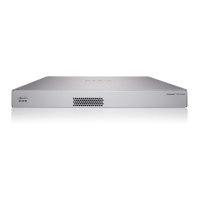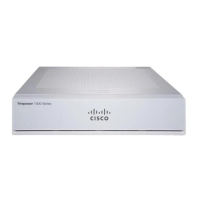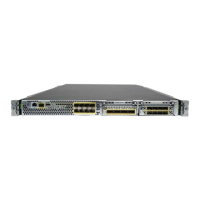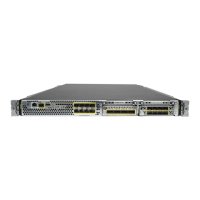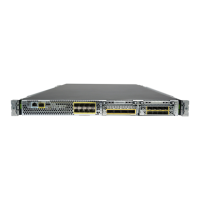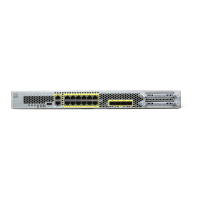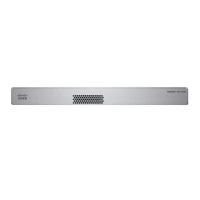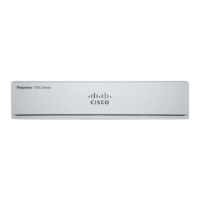Contents
xxiv
Cisco Security Appliance Command Line Configuration Guide
OL-10088-01
Configuring an ACL 36-4
Defining a Tunnel Group 36-5
Creating a Crypto Map and Applying It To an Interface 36-6
Applying Crypto Maps to Interfaces 36-7
CHAPTER
37 Configuring WebVPN 37-1
Getting Started with WebVPN 37-1
Observing WebVPN Security Precautions 37-2
Understanding Features Not Supported for WebVPN 37-2
Using SSL to Access the Central Site 37-3
Using HTTPS for WebVPN Sessions 37-3
Configuring WebVPN and ASDM on the Same Interface 37-3
Setting WebVPN HTTP/HTTPS Proxy 37-4
Configuring SSL/TLS Encryption Protocols 37-4
Authenticating with Digital Certificates 37-4
Enabling Cookies on Browsers for WebVPN 37-5
Managing Passwords 37-5
Using Single Sign-on with WebVPN 37-5
Configuring SSO with HTTP Basic or NTLM Authentication 37-6
Configuring SSO Authentication Using SiteMinder 37-7
Configuring SSO with the HTTP Form Protocol 37-9
Authenticating with Digital Certificates 37-14
Creating and Applying WebVPN Policies 37-14
Creating Port Forwarding, URL, and Access Lists in Global Configuration Mode 37-15
Assigning Lists to Group Policies and Users in Group-Policy or User Mode 37-15
Enabling Features for Group Policies and Users 37-15
Assigning Users to Group Policies 37-15
Using the Security Appliance Authentication Server 37-15
Using a RADIUS Server 37-15
Configuring WebVPN Tunnel Group Attributes 37-16
Configuring WebVPN Group Policy and User Attributes 37-16
Configuring Application Access 37-17
Downloading the Port-Forwarding Applet Automatically 37-17
Closing Application Access to Prevent hosts File Errors 37-17
Recovering from hosts File Errors When Using Application Access 37-18
Understanding the hosts File 37-18
Stopping Application Access Improperly 37-19
Reconfiguring a hosts File 37-19
Configuring File Access 37-21

